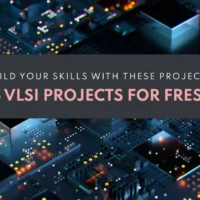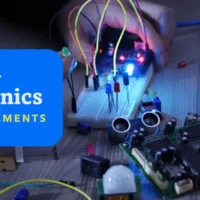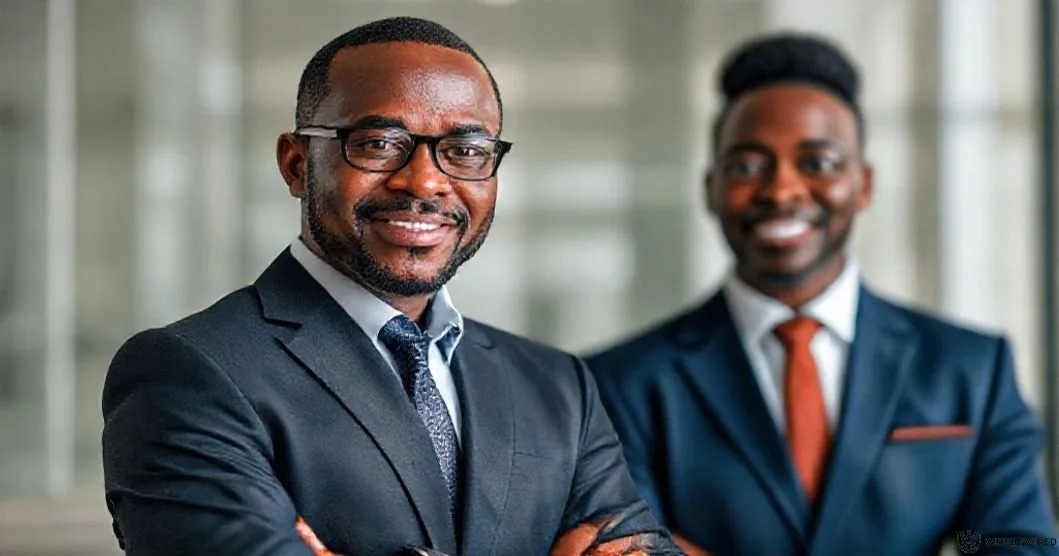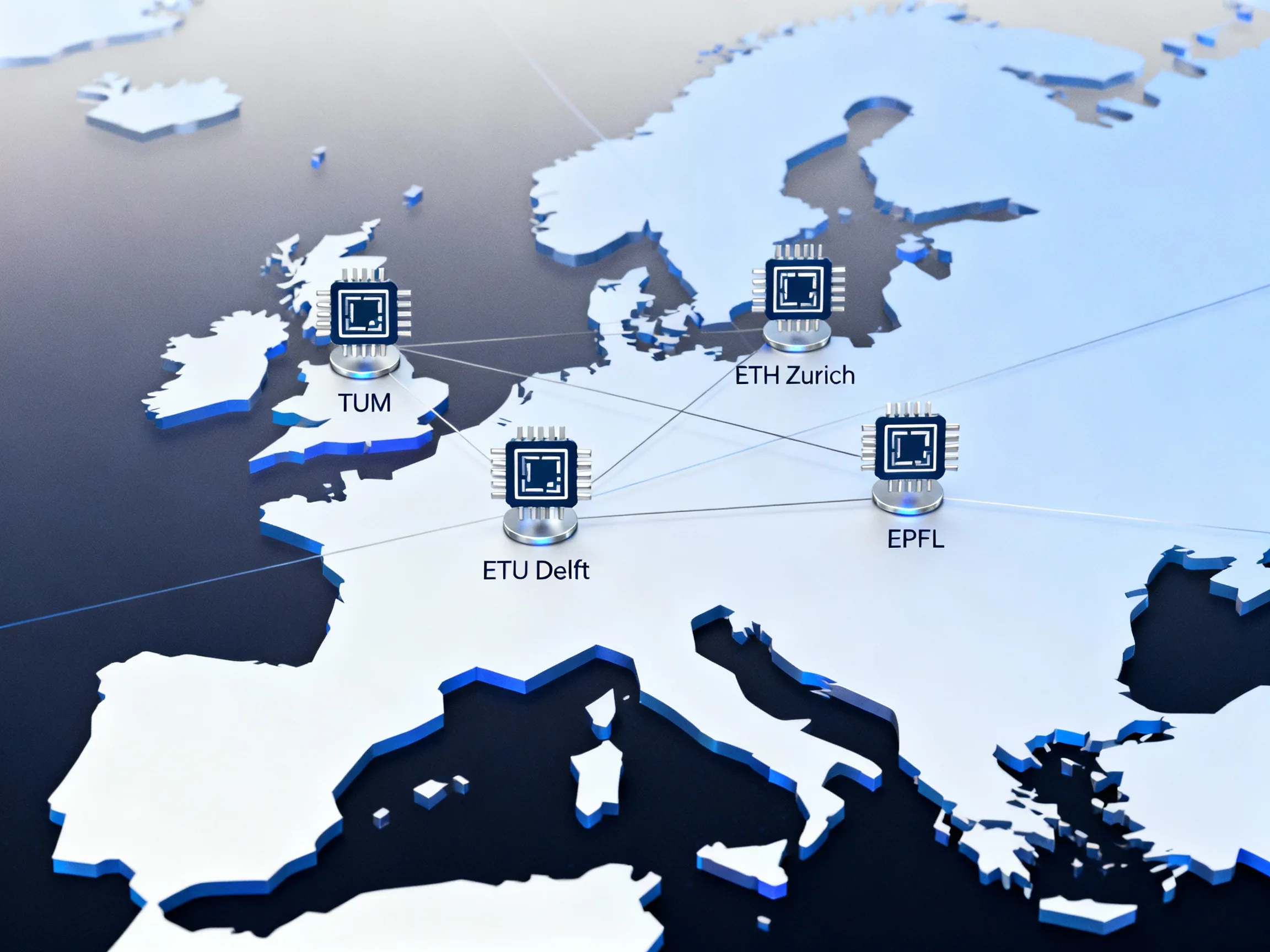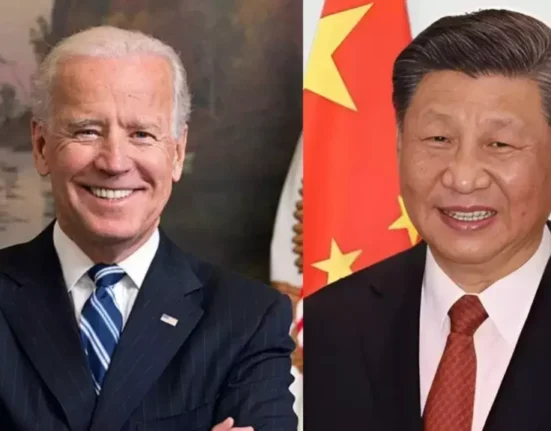What the GPT in ChatGPT stands for?
- by WireUnwired Editorial Team
- 28 February 2024
- 3 minutes read
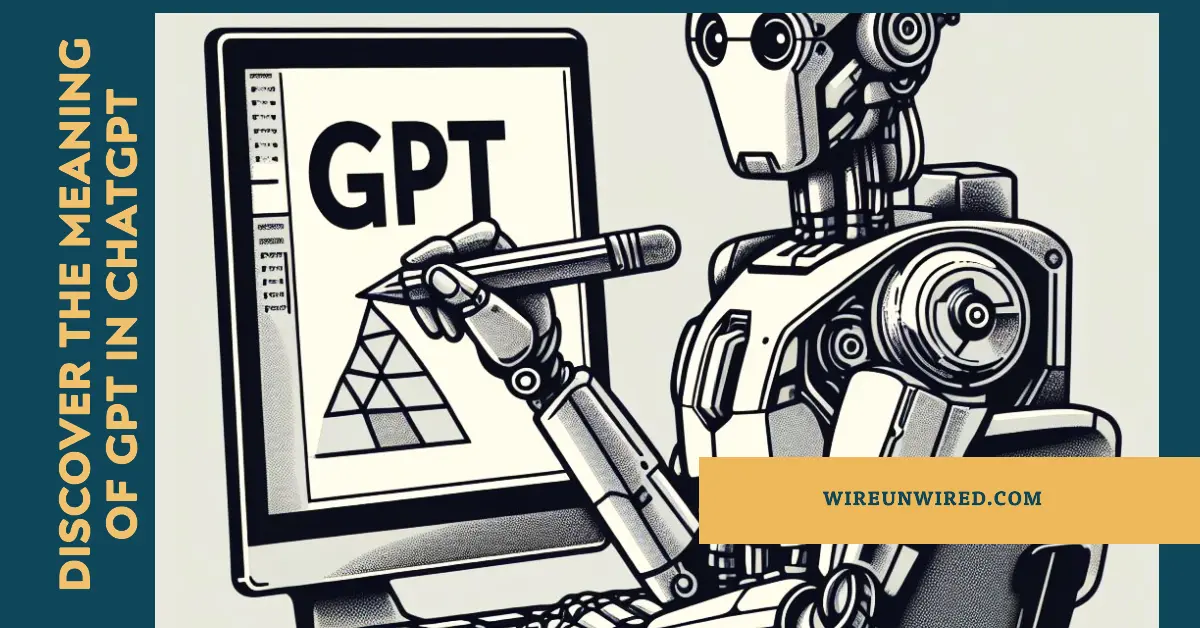
ChatGPT, the popular chatbot launched by OpenAI in November 2022, has taken the world by storm. Its ability to engage in seemingly human-like conversations and complete various tasks has sparked both excitement and debate. But have you ever wondered what the “GPT in ChatGPT” stands for? Understanding this acronym is crucial to grasping the technology powering this innovative tool.
Breaking Down the Acronym GPT in ChatGPT:
GPT stands for Generative Pre-trained Transformer in ChatGPT This refers to a specific type of artificial intelligence model that underpins ChatGPT’s capabilities. Let’s delve deeper into each component of the term:
- Generative: This signifies the model’s ability to not just comprehend and respond to information, but also generate entirely new text formats. This empowers ChatGPT to craft creative content, translate languages, and answer your questions in an informative and comprehensive way, even if the specific answer isn’t explicitly present in its training data.
- Pre-trained: This indicates that the model underwent extensive training on a colossal dataset of text and code before being fine-tuned for specific tasks. This pre-training process equips ChatGPT with a vast knowledge base and the ability to process information and respond in a way that reflects this knowledge. Imagine a student who has studied a multitude of subjects before focusing on a particular area of expertise – the pre-training provides the broad foundation, while the fine-tuning hones their skills in a specific domain.
- Transformer: This refers to a specific type of neural network architecture used in the model. Unlike traditional neural networks, transformers excel at comprehending the relationships between words within a sentence, not just their individual meanings. This allows ChatGPT to grasp the nuances of language, follow the flow of conversation, and deliver responses that are relevant and coherent to the context.
The GPT Family:
It’s important to note that ChatGPT isn’t the only AI model utilizing GPT technology. OpenAI has developed several generations of GPT models, with each iteration featuring improvements and advancements. ChatGPT is primarily built upon GPT-3.5 or GPT-4, both belonging to this family of generative models. The choice between these versions depends on the user’s subscription tier, with GPT-4 offering a more advanced and powerful experience.
We have covered a detailed article on Best among 3 Generative AI: ChatGPT vs Bard vs Copilot.
Beyond the Name:
While understanding the meaning behind “GPT” is valuable, it’s crucial to remember that ChatGPT’s capabilities extend beyond its underlying technology. The success of this chatbot hinges not only on the GPT model but also on the specific training data it has been exposed to and the way it has been fine-tuned for conversational interactions.
In conclusion, deciphering the “GPT” in ChatGPT allows for a deeper appreciation of the technology driving this innovative chatbot. By understanding its core components and how they work together, we gain a glimpse into the remarkable potential and ongoing development of artificial intelligence in the realm of language interaction.
Airbus forecasts a historic 19,560 new aircraft deliveries in Asia-Pacific over the next 20 years, driven by strong passenger growth and major demand from India and China.
African Fintech Startups Expand Services Amid Regional Growth Surge
African fintech companies are rapidly diversifying offerings and expanding geographically to capitalize on explosive growth in the continent's digital finance sector. From health insurance to smartphone financing and cross-border remittances, startups like PalmPay, Wave, and Moniepoint are evolving into multi-service platforms driving financial inclusion across the region.
Tesla is considering building its own chip fab to meet soaring semiconductor demand for AI, robotics, and autonomous driving. Elon Musk’s push for vertical integration could reshape the auto and AI hardware sectors, but faces major technical and financial hurdles.
Explore the leading European universities for a master's in chip design, compare Europe vs. US job prospects, and discover key trends shaping the semiconductor industry in 2025.
Discover more from WireUnwired Research
Subscribe to get the latest posts sent to your email.




